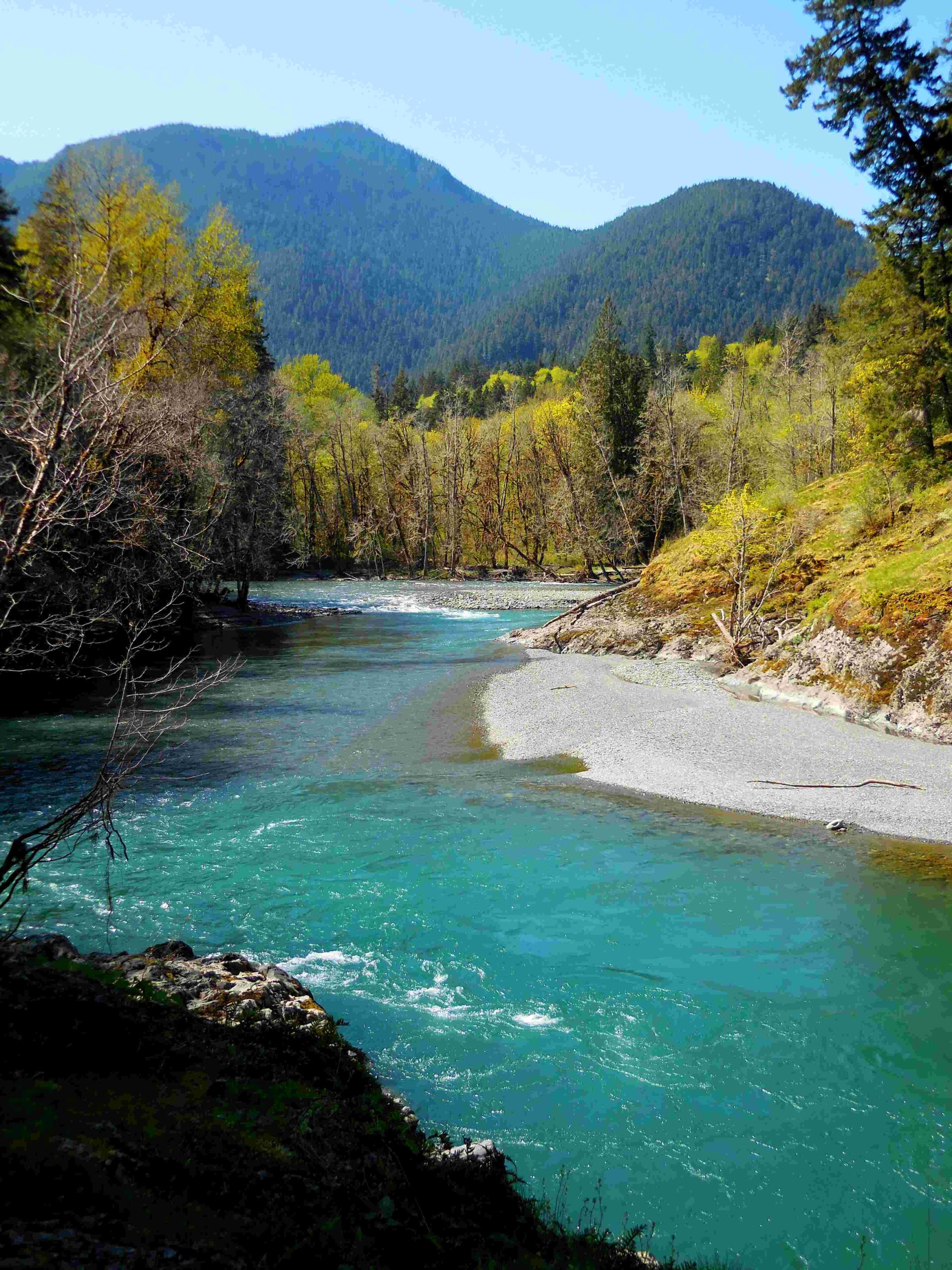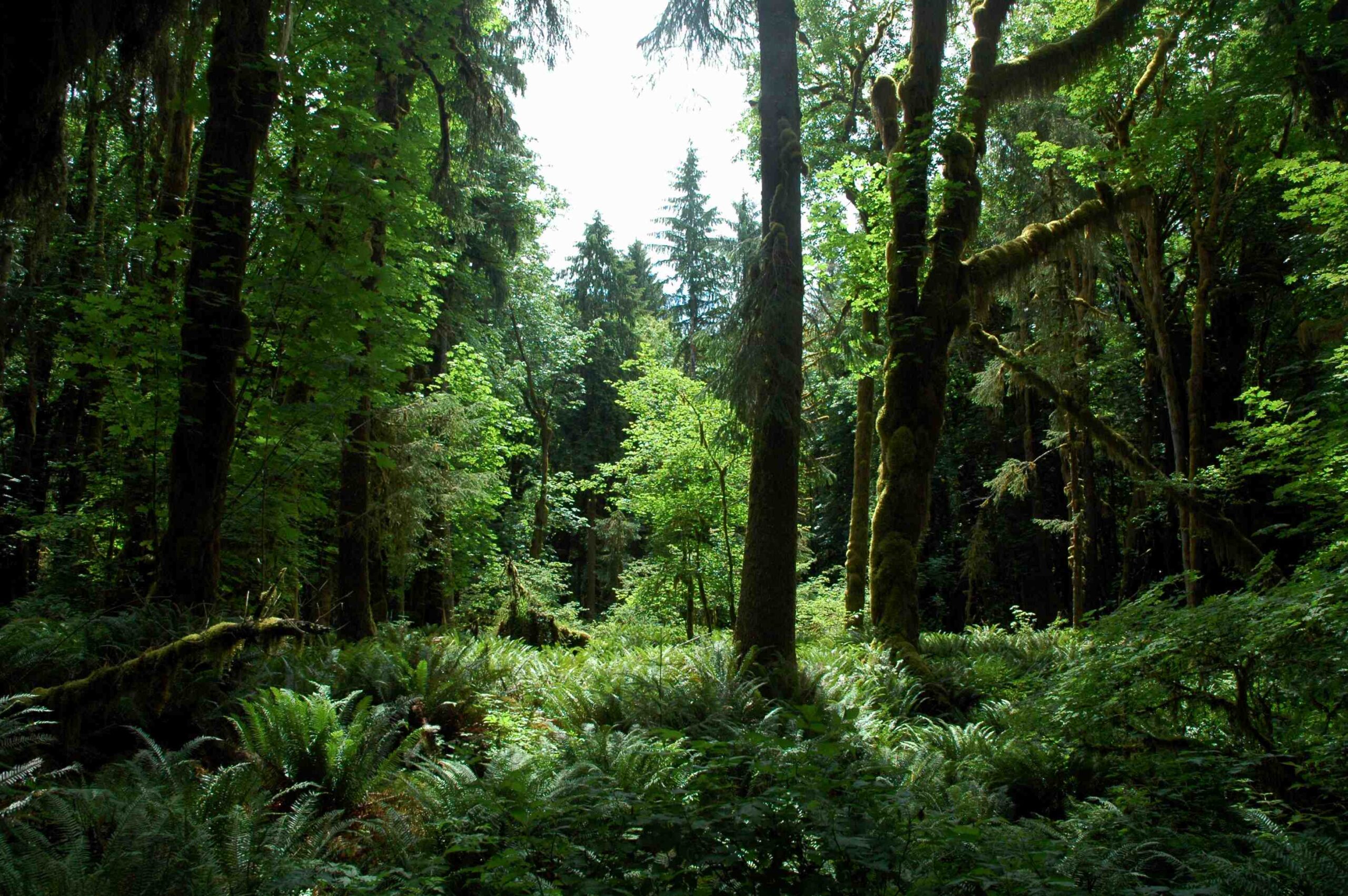Mount Olympus, the tallest peak in the Olympic Mountains, is indeed located within Olympic National Park in Washington state. Standing at 7,980 feet (2,430 meters), this majestic mountain is a central feature of the park’s diverse landscape. The park encompasses various ecosystems, including rainforests, alpine meadows, and rugged coastlines, making it a unique destination for nature enthusiasts and hikers alike.
Where Exactly Is Mount Olympus Located?

Mount Olympus is situated in the heart of Olympic National Park, with coordinates of approximately 47.8013° N, 123.7108° W. The mountain is part of the Olympic Range, which forms the core of the Olympic Peninsula in northwestern Washington. Olympic National Park spans across several counties, including Jefferson, Clallam, Mason, and Grays Harbor, with Mount Olympus serving as a prominent landmark visible from many areas within the park.
How High Is Mount Olympus?

Mount Olympus boasts an impressive elevation of 7,980 feet (2,430 meters) above sea level, making it the highest peak in the Olympic Mountains. The mountain’s prominence is particularly striking when considering its local relief:
- Summit elevation: 7,980 feet (2,430 meters)
- Base elevation (Hoh River and Glacier Creek confluence): 961 feet (293 meters)
- Local relief: Approximately 7,019 feet (2,137 meters)
This significant elevation change contributes to the diverse ecosystems and microclimates found on and around Mount Olympus.
What Are the Main Trails to Reach Mount Olympus?
Several hiking trails provide access to Mount Olympus, each offering unique experiences and challenges. Here are the primary routes:
- Hoh River Trail to Blue Glacier
- Length: 17.3 miles (27.8 km) one way
- Difficulty: Strenuous
- Duration: 2-3 days
-
Permit: Wilderness permit required
-
Glacier Meadows Trail
- Length: 10 miles (16 km) one way to Glacier Meadows
- Difficulty: Strenuous
- Duration: 1-2 days to Glacier Meadows, additional days for summit attempt
-
Permit: Wilderness permit required
-
Elwha River Trail
- While not a direct route to Mount Olympus, this trail provides access to the Olympic Mountains
-
Offers alternative views and approaches to the area
-
Quinault River Trail
- Another indirect route that showcases different aspects of the Olympic Mountains
It’s important to note that all of these trails require proper preparation, equipment, and adherence to park regulations.
What Wildlife Can Be Encountered Near Mount Olympus?
The area surrounding Mount Olympus is teeming with diverse wildlife. Visitors may encounter:
- Black bears
- Mountain goats
- Roosevelt elk
- Olympic marmots
- Various bird species, including:
- Spotted owls
- Marbled murrelets
- Bald eagles
The presence of wildlife varies by season and elevation. It’s crucial for hikers and campers to practice proper wildlife safety and follow Leave No Trace principles to protect both themselves and the animals.
How Does the Weather Affect Hiking on Mount Olympus?
Weather conditions on Mount Olympus can be extreme and unpredictable, significantly impacting hiking and climbing activities. Here’s a seasonal breakdown:
| Season | Typical Conditions | Hiking Considerations |
|---|---|---|
| Winter | Heavy snowfall, avg. 88+ inches (225 cm) per month | Extremely challenging, requires advanced mountaineering skills |
| Spring | Gradual warming, continued rainfall | Snowmelt can cause hazardous stream crossings |
| Summer | Cooler temperatures, occasional rain | Best time for hiking, but still prepare for sudden weather changes |
| Fall | Cooling temperatures, increasing rainfall | Potential for early snowfall at higher elevations |
Regardless of the season, hikers should always check current weather forecasts and trail conditions before embarking on any trip to Mount Olympus.
What Permits Are Required to Hike Mount Olympus?
To hike and camp in the backcountry areas of Olympic National Park, including Mount Olympus, visitors must obtain:
- Wilderness Camping Permit
- Required for all overnight stays in the wilderness
- Can be obtained at Olympic National Park visitor centers
-
Reservations recommended during peak season (June-September)
-
Park Entrance Pass
- Required for all visitors entering Olympic National Park
- Various options available (single-day, annual, etc.)
It’s advisable to check the official Olympic National Park website for the most up-to-date information on permit requirements and fees.
How Long Does It Take to Climb Mount Olympus?
The time required to climb Mount Olympus varies depending on the chosen route, fitness level, and weather conditions. Here’s a general timeline:
- Approach hike: 1-2 days
- Summit day: 1 full day (12-16 hours round trip from high camp)
- Return hike: 1-2 days
In total, a typical Mount Olympus expedition takes 3-5 days. However, some experienced climbers may complete the journey more quickly, while others might choose a more leisurely pace to enjoy the surroundings.
What Unique Features Make Mount Olympus Special?
Mount Olympus stands out for several reasons:
-
Glaciers: The mountain hosts several active glaciers, including the Blue Glacier, which is one of the largest in the contiguous United States outside of the Cascade Range.
-
Biodiversity: The various ecosystems surrounding Mount Olympus support a wide range of plant and animal species, some of which are found nowhere else in the world.
-
Cultural significance: The mountain holds importance in local Native American traditions and was named by British explorer John Meares in 1788.
-
Isolation: Due to its location within Olympic National Park, Mount Olympus remains relatively pristine and less crowded compared to other prominent peaks in the Pacific Northwest.
-
Views: On clear days, the summit offers panoramic views of the Olympic Peninsula, the Pacific Ocean, and even distant peaks of the Cascade Range.
These unique attributes contribute to Mount Olympus’s status as a crown jewel within Olympic National Park, attracting hikers, climbers, and nature enthusiasts from around the world.
In conclusion, Mount Olympus is indeed a central and iconic feature of Olympic National Park. Its presence enhances the park’s diverse landscape, offering challenging hiking opportunities and breathtaking views for those who venture to explore its slopes. Whether you’re an experienced mountaineer or a casual visitor to Olympic National Park, the majesty of Mount Olympus serves as a testament to the natural wonders preserved within this remarkable protected area.
References:
1. Olympic National Park – Wikipedia
2. Mount Olympus – Wikipedia
3. GPS coordinates of Mount Olympus (Washington), United States
4. National Park Service – Olympic National Park
5. Washington Trails Association – Mount Olympus

